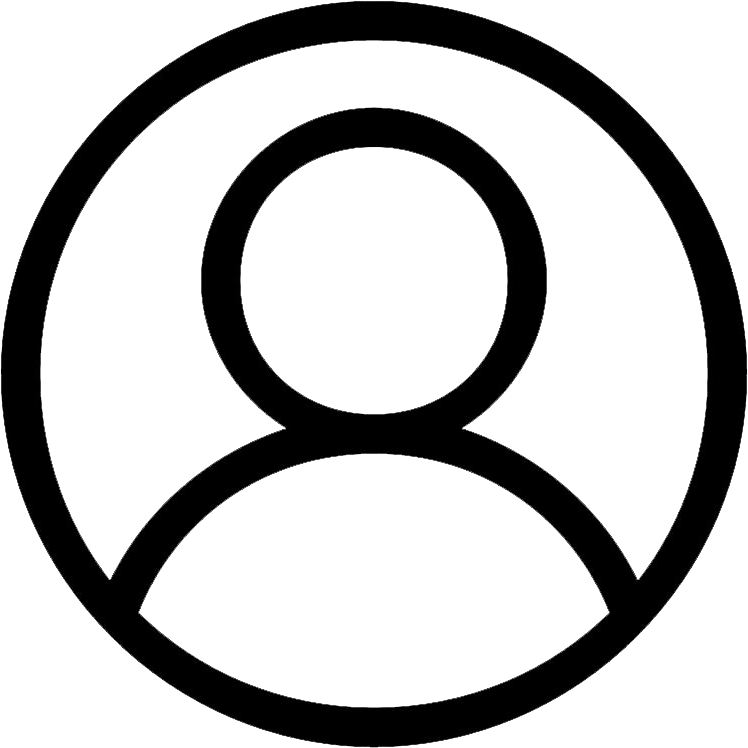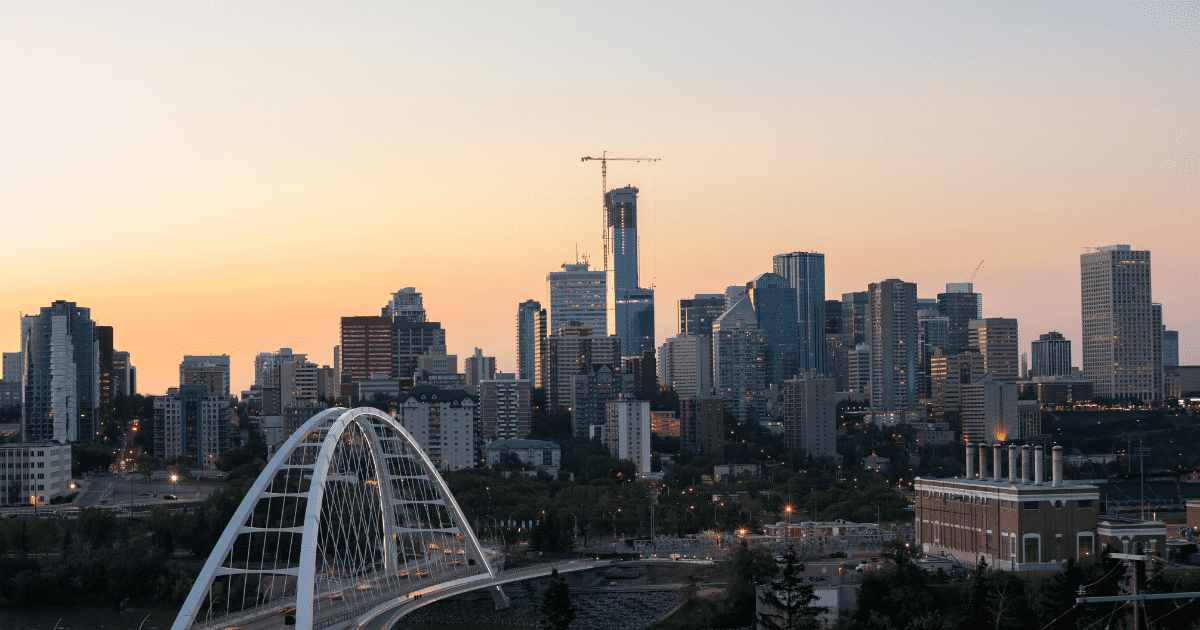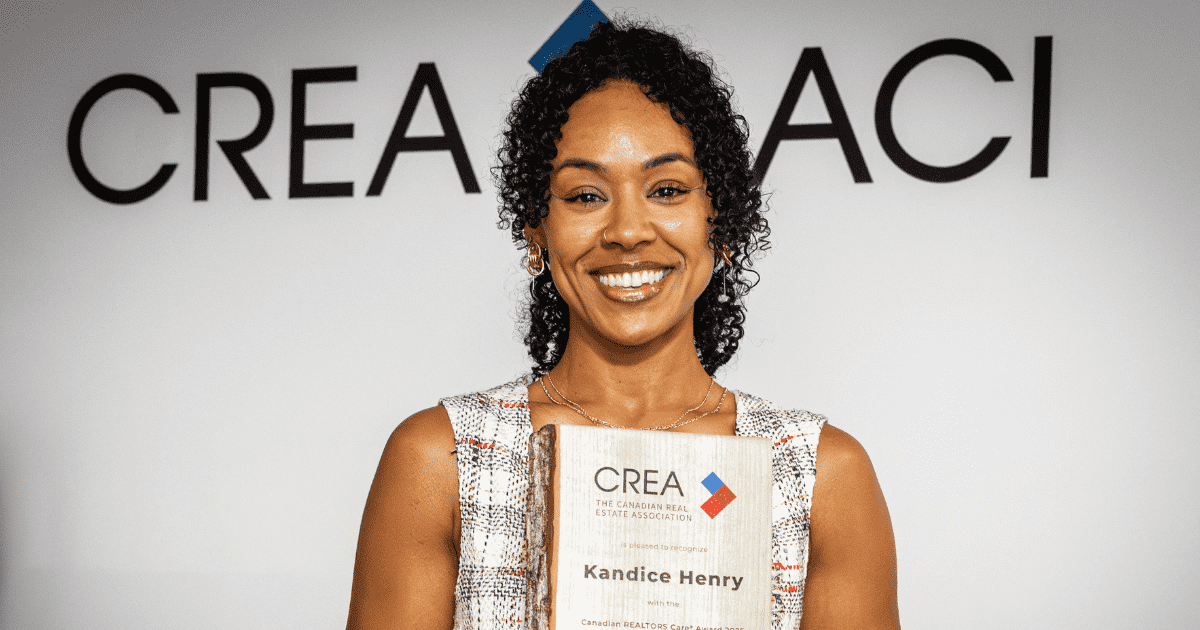It’s no secret that international buyers are becoming an increasingly important group in real estate markets globally and Canada is no exception. Although most buyers tend to focus on Chinese or Latin American buyers, the South Asian market is continually growing in prominence.
While dealing with international buyers I have come across potential home buyers and investors who walk into a property under construction, a new home or a resale and say, “This is it and it feels right.” Or, they have a negative response and say, “This just doesn’t feel right.” As real estate professionals we all have come across at least one such client and wondered what went wrong. Nothing went wrong from your side really. Buying real estate is a big decision and so there will be some quick responses and a few disagreements.
The majority of the potential international home buyers who say these things are making a judgment based on either Feng Shui (a Chinese philosophical system of harmonizing everyone with the surrounding environment) or Vastu Shastra (the Indian science of architecture and construction).
According to Feng Shui Master Lillian Too, every time you move things around and you align yourself in certain directions, you’re actually aligning to energy forces, which most people don’t understand. What are these energy forces? These are cosmic energies that have an impact to bring prosperity and good health for the homeowners.
Vastu Shastra is an ancient Indian methodology involving elements of architecture and design that states one can align a house to nature’s five elements to create physical, spiritual and mental well-being.
As more international buyers consider real estate in Canada, most are looking for properties that follow a few strategic Feng Shui or Vastu Shastra principles that will bring prosperity and success to their home. Home buyers have some strange preferences in a house, but there are some common themes that are popular among the international buyers specifically of Asian or South Asian origin.
Every real estate buyer is concerned about location and then direction, which often dominates their decision. The ideal is north, east or north-east facing lots with open space all around within the constructed area.
Frontage of the house is the next decision-making factor. Generally rectangular or square-shaped lots are chosen over oval, round, triangular, hexagonal or L-shaped lots. Wider front and narrow back is not the first choice. A narrow front with a wider back, north or east-facing, is the ideal choice based on a simple principle – the sun rises in the east and sets in the west and this reflects prosperity and good health to the homeowners.
International home buyers and investors look forward to a good negotiation. A deal without a negotiation is not considered a great deal. So if you are working with international buyers, make sure you offer an opportunity to negotiate.
Don’t be surprised if an international buyer presumes that a property will be furnished. Some home buyers and investors do not wish to invest the effort and stress to furnish the house, so as a real estate professional make sure you educate the seller that the buyer may want to buy a property with furniture.
Most international buyers maintain a conservative approach to trusting real estate sales professionals because some countries do not have organized real estate protocols and governing bodies to protect the buyers and sellers. Often establishing trust can be a concern, so as a best practice I recommend providing elaborate details of organized real estate, licensing practices and the governing bodies in Canada. If time permits, give them an overview of how real estate is different in Canada.
Gurcharan Garry Bhaura FRI, ABR, SRS, SRES is president and broker of record at Century 21 President Realty in Brampton, Ont. Phone 905-488-2100.













